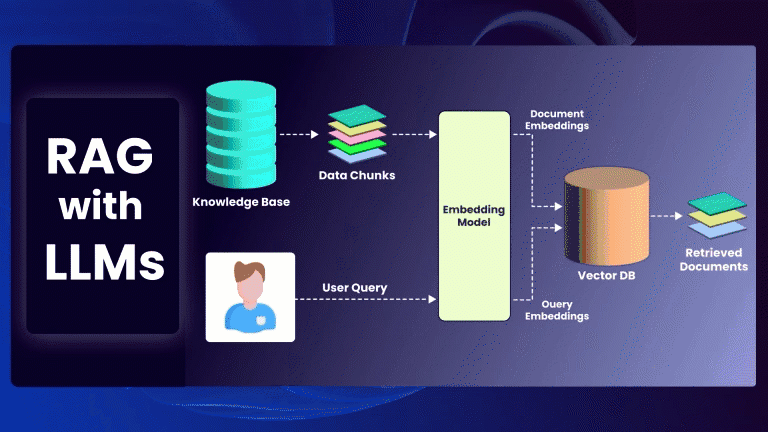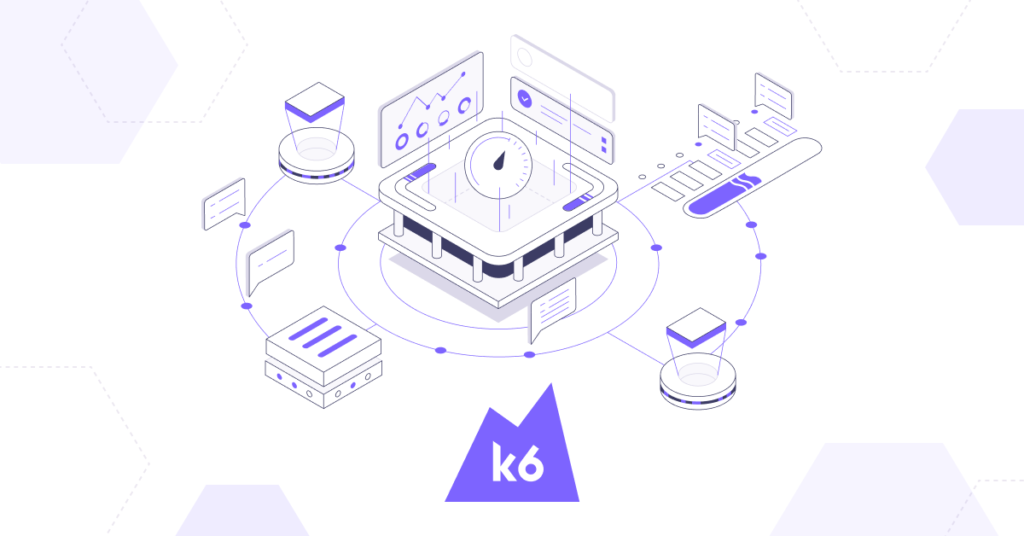Backend development is the backbone of web applications, providing the necessary infrastructure to handle databases, server logic, and application integration. As we move into 2024, the landscape of backend development continues to evolve with new technologies and best practices. This blog will delve into the current state of backend development, highlighting key technologies, trends, and recommendations for the best tools and practices to adopt this year.
Key Technologies in Backend Development
- Programming Languages
- JavaScript (Node.js): Node.js continues to be a dominant force in backend development due to its non-blocking, event-driven architecture. It allows for the use of JavaScript on both the frontend and backend, streamlining development processes.
- Python: Known for its readability and extensive libraries, Python remains popular for backend development, particularly with frameworks like Django and Flask. Its simplicity and versatility make it ideal for rapid development and data-heavy applications.
- Java: A long-standing player in backend development, Java is renowned for its stability, scalability, and performance. Frameworks like Spring Boot have kept Java relevant by simplifying complex enterprise applications.
- Go (Golang): Go is gaining traction for its simplicity, performance, and concurrency support, making it suitable for scalable, high-performance applications.
- Ruby: Ruby, particularly with the Ruby on Rails framework, is known for its convention over configuration approach, enabling rapid development and prototyping.
- Frameworks and Libraries
- Express.js: A minimal and flexible Node.js web application framework, providing a robust set of features for web and mobile applications.
- Django: A high-level Python web framework that encourages rapid development and clean, pragmatic design.
- Spring Boot: An extension of the Spring framework that simplifies the development of new Java applications and services.
- Flask: A lightweight WSGI web application framework in Python, offering simplicity and fine-grained control.
- Rails: A server-side web application framework written in Ruby under the MIT License, emphasizing the use of web standards.
- Databases
- Relational Databases: PostgreSQL and MySQL continue to be widely used due to their robustness, flexibility, and ACID compliance.
- NoSQL Databases: MongoDB, Redis, and Cassandra are popular choices for applications requiring flexible data models and high performance for specific types of queries.
- NewSQL Databases: Databases like CockroachDB aim to provide the consistency of SQL with the scalability of NoSQL, making them suitable for modern distributed applications.
- Cloud Services and Infrastructure
- Amazon Web Services (AWS): The most comprehensive and widely adopted cloud platform, offering over 200 fully-featured services from data centers globally.
- Microsoft Azure: Known for its integration with Microsoft products and services, it offers robust support for various programming languages and frameworks.
- Google Cloud Platform (GCP): Offers strong data analytics and machine learning capabilities, along with comprehensive cloud services.
- Containerization and Orchestration
- Docker: Revolutionized the way applications are developed and deployed by enabling consistent environments across development and production.
- Kubernetes: An open-source system for automating deployment, scaling, and management of containerized applications, now the de facto standard for container orchestration.
- APIs and Microservices
- GraphQL: An open-source data query and manipulation language for APIs, providing a more efficient and powerful alternative to REST.
- RESTful APIs: Continue to be widely used due to their simplicity and stateless nature, facilitating scalable web services.
- gRPC: A high-performance, open-source RPC framework designed for efficient communication between services, particularly in microservices architectures.
Trends in Backend Development for 2024
- Serverless Architectures: The adoption of serverless computing is on the rise, with platforms like AWS Lambda, Azure Functions, and Google Cloud Functions enabling developers to run code without managing servers, thereby reducing operational overhead and scaling effortlessly.
- Microservices: The microservices architecture continues to gain popularity due to its scalability, flexibility, and resilience. It allows for the development of independent services that can be deployed, updated, and scaled individually.
- Edge Computing: With the proliferation of IoT devices and the need for real-time processing, edge computing is becoming essential. It involves processing data closer to the source rather than relying solely on central data centers, reducing latency and improving performance.
- AI and Machine Learning Integration: Backend systems are increasingly integrating AI and ML capabilities to enhance data processing, analytics, and decision-making processes. Tools like TensorFlow Serving and PyTorch provide frameworks for deploying machine learning models in production environments.
- Security Enhancements: With the growing number of cyber threats, security is more critical than ever. Backend developers are focusing on implementing robust security measures, including encryption, authentication, authorization, and regular security audits.
Best Practices for Backend Development in 2024
- Embrace CI/CD: Continuous Integration and Continuous Deployment (CI/CD) pipelines streamline the development process, reduce errors, and enable faster delivery of features and bug fixes.
- Adopt Test-Driven Development (TDD): Writing tests before code ensures that the application logic is sound and reduces the likelihood of bugs. Tools like Jest, Mocha, and PyTest facilitate this practice.
- Optimize for Performance: Use efficient algorithms and data structures, minimize database queries, and leverage caching mechanisms to improve the performance of backend services.
- Scalability and Resilience: Design systems to handle increasing loads gracefully and recover from failures. Implement load balancing, auto-scaling, and redundancy to ensure high availability.
- Documentation and Code Quality: Maintain comprehensive documentation and follow coding standards to ensure that the codebase is understandable and maintainable by other developers.
Conclusion
Backend development in 2024 is characterized by a blend of established technologies and emerging trends. While there is no one-size-fits-all solution, understanding the strengths and use cases of different technologies can help developers make informed decisions. Whether you are working with Node.js for its non-blocking I/O, leveraging Python for its simplicity, or adopting Go for performance, the key is to choose tools and practices that align with your project requirements and long-term goals. Embracing new trends like serverless computing, microservices, and edge computing, while adhering to best practices, will ensure that your backend systems are robust, scalable, and ready to meet the demands of the future.





